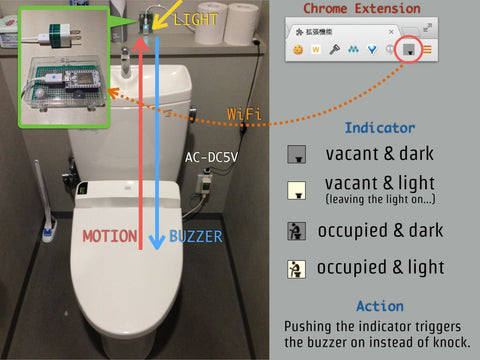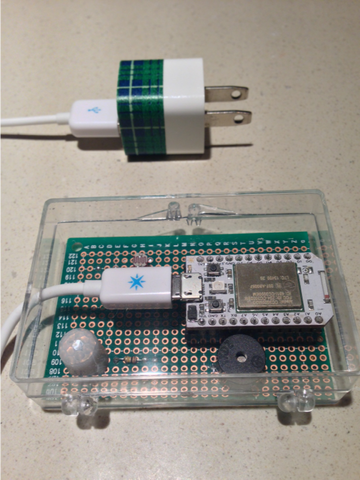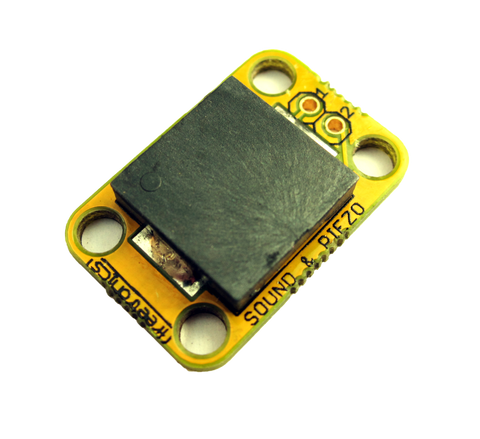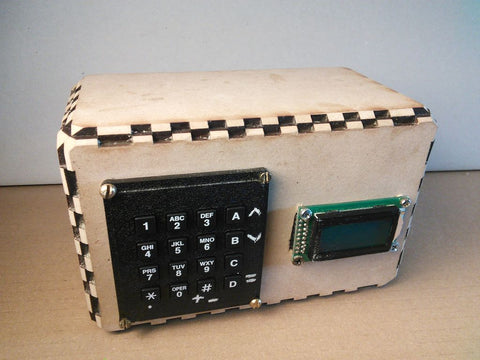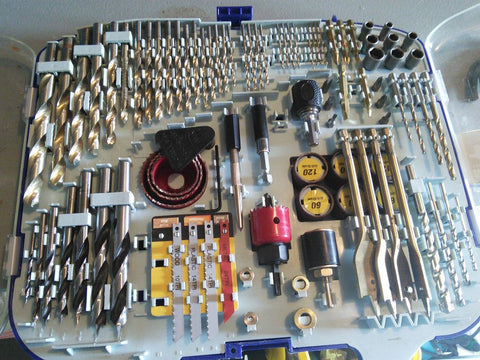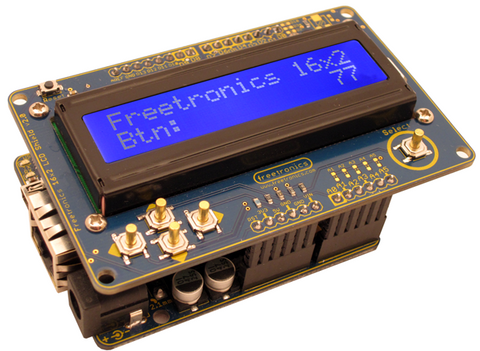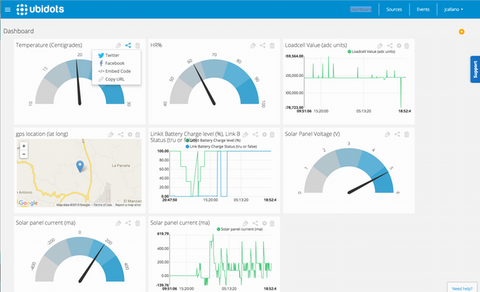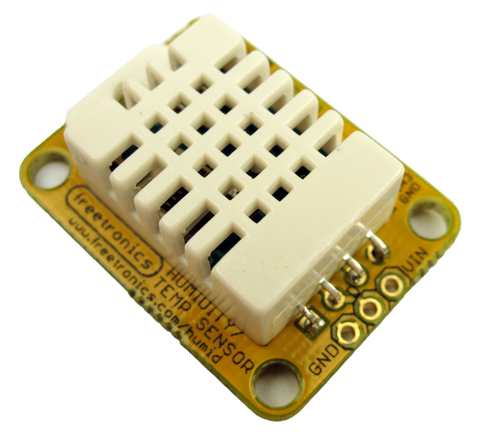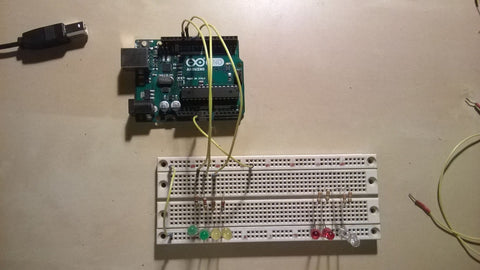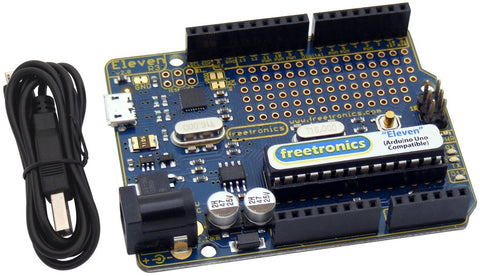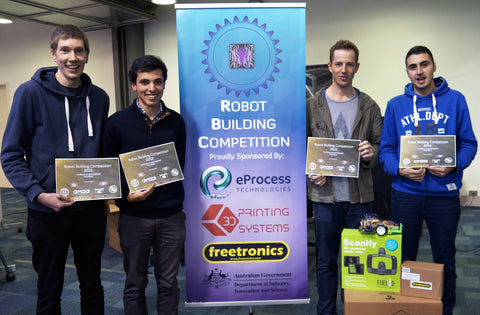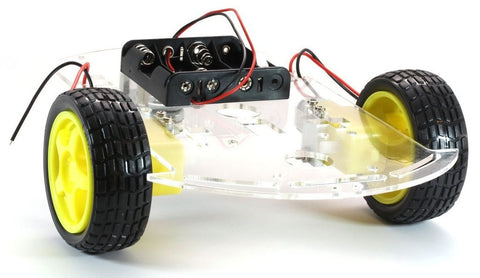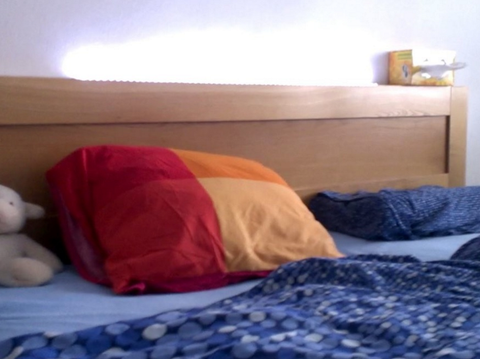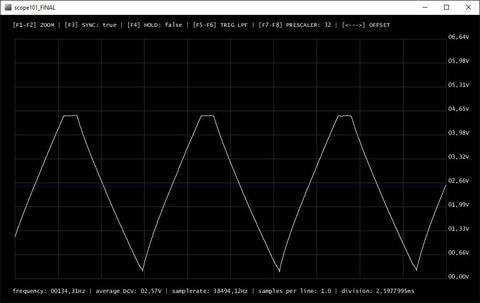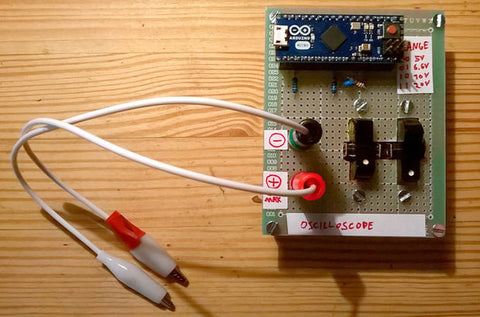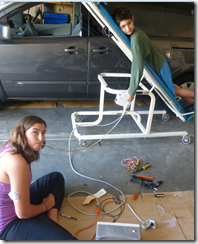Although it is fairly straight forward to upload a sketch to your Arduino by plugging it into your computer, there are certain times when this can be very inconvenient. For example, imagine you have an Arduino under your house collecting temperature and humidity values and you need to push a bug fix to your board. It can be a real hassle to get under your house with a laptop and updated your firmware! This is where uploading to you Arduino via a network comes in. With the help of a protocol called the Trivial File Transfer Protocol (TFTP) you can easily upload sketches to Arduinos that are connected to your home network right from the comfort of your computer. To get started learning this useful skill checkout the following link.

If you are looking to for an Arduino board with network capabilities why not checkout our EtherTen. The EtherTen is a 100% Arduino compatible board that can talk to the world. Do Twitter updates automatically, serve web pages, connect to web services, display sensor data online, and control devices using a web browser.

The Freetronics EtherTen uses the same ATmega328P as the Uno and the same Wiznet W5100 chip used by the official Arduino Ethernet Shield, so it's 100% compatible with the Ethernet library and sketches. Better still it even includes a micro SD card so that you can store content and log data. To find out more about the fantastic EtherTen checkout the product page.
Did you learn something new this Skill Sunday? Let us know in the comments section below or on Facebook and Twitter.







